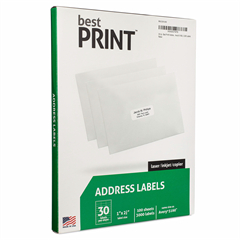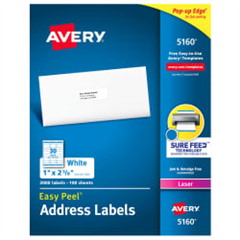The art of label design is a creative and strategic process that involves creating visual identities for products, packages, or containers. Label design goes beyond just aesthetic appeal; it communicates essential information about the product, brand, and its values. Whether it’s a food product, beverage, cosmetic, or any other consumer good, a well-designed label can significantly impact a product’s success on the market. Here’s an overview of the key aspects of label design:
- Branding and Identity: Labels serve as a brand’s face on the shelf. Design elements like logos, colors, fonts, and imagery should align with the brand’s identity and convey its personality and values.
- Clarity and Readability: Labels should be easy to read and understand at a glance. Clear typography, appropriate font sizes, and well-structured information hierarchy are crucial for communicating essential details like product name, ingredients, instructions, and nutritional information.
- Color Palette: Colors evoke emotions and can influence consumer perceptions. The choice of colors should match the product’s essence and the brand’s tone. For instance, warm tones might evoke feelings of comfort, while bold colors could convey energy.
- Typography: Fonts play a significant role in label design. The typography should match the brand’s personality—whether it’s elegant, modern, playful, or serious. It’s also important to ensure that the text is legible and easy to read.
- Imagery and Graphics: Visual elements such as illustrations, icons, and photographs can add personality and context to a label. These elements should resonate with the product’s purpose and appeal to the target audience.
- Material and Printing Techniques: The choice of label material (paper, plastic, etc.) and printing techniques (digital, offset, letterpress) can impact the label’s appearance and durability. Special finishes like embossing, foil stamping, or varnishes can add a tactile and premium feel.
- Regulatory Information: Certain products require specific information by law, such as nutritional facts, allergen warnings, or legal disclaimers. Integrating this information seamlessly into the design is essential.
- Differentiation: In a competitive market, labels need to stand out. A distinctive design can help a product catch the eye of consumers amidst a sea of options.
- Consistency: Labels should maintain consistency across a product line. This consistency helps customers recognize your brand and differentiates various products within your range.
- Versatility: Labels may appear on various surfaces and packaging types. Designing labels that can adapt to different shapes and sizes while retaining their impact is important.
- Target Audience: Understanding your target audience’s preferences, interests, and needs can guide design decisions. A label designed for children’s products will differ greatly from one designed for a high-end luxury item.
- Storytelling: Labels can tell a story about the product’s origin, craftsmanship, or unique features. Storytelling engages consumers on a deeper level and creates an emotional connection.
Ultimately, the art of label design blends aesthetics with functionality. A well-executed label not only grabs attention but also communicates the product’s essence, builds trust, and influences purchase decisions. It’s a balance of creativity, strategic thinking, and a deep understanding of both the brand and its consumers.

